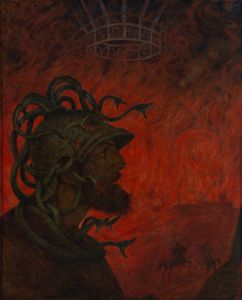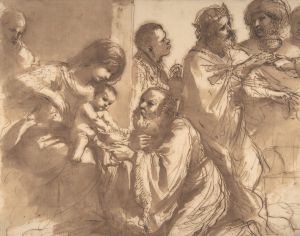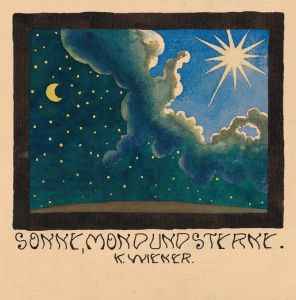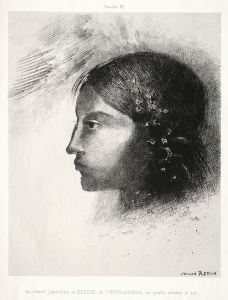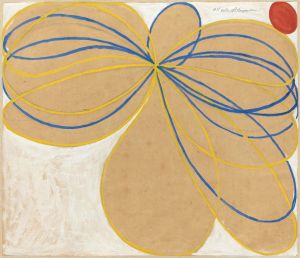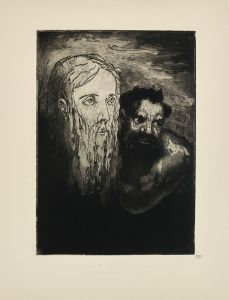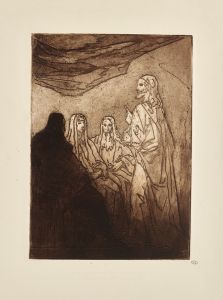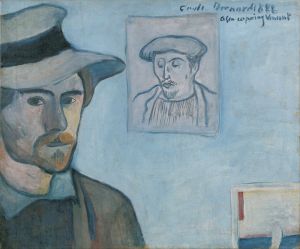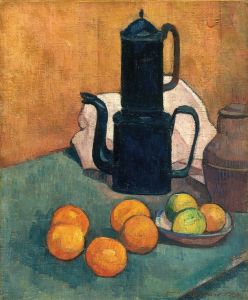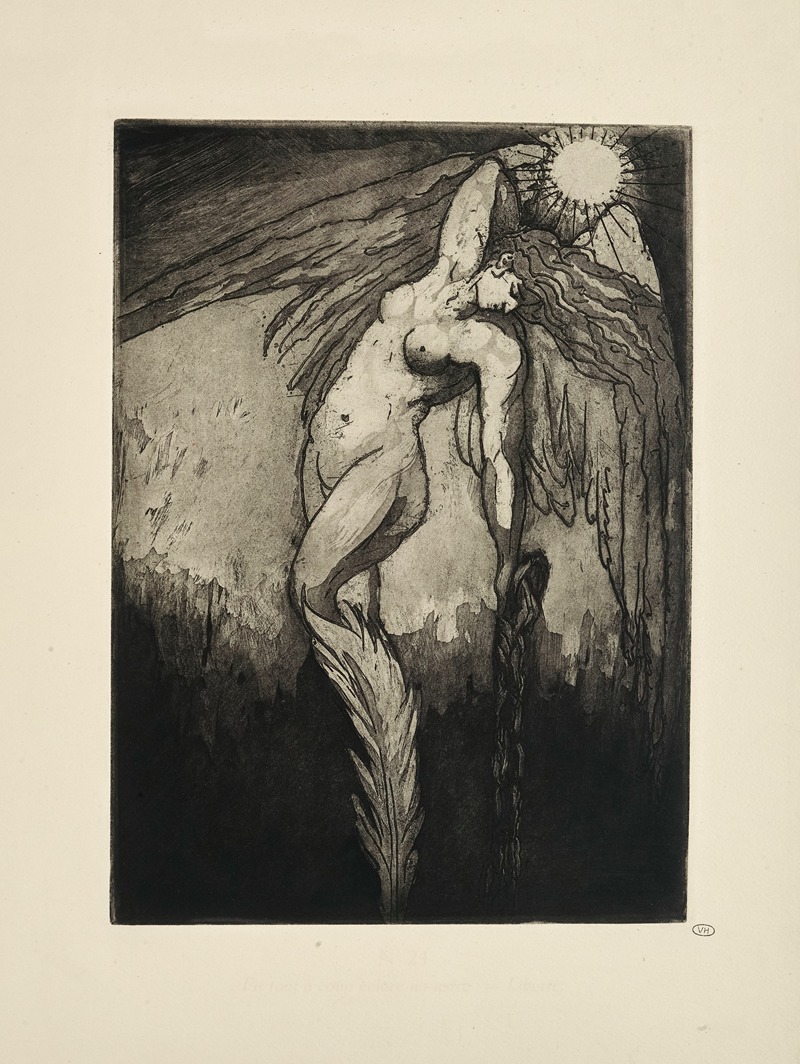
N° 24 – Fit tout à coup éclore un astre – Liberté
A hand-painted replica of Emile Bernard’s masterpiece N° 24 – Fit tout à coup éclore un astre – Liberté, meticulously crafted by professional artists to capture the true essence of the original. Each piece is created with museum-quality canvas and rare mineral pigments, carefully painted by experienced artists with delicate brushstrokes and rich, layered colors to perfectly recreate the texture of the original artwork. Unlike machine-printed reproductions, this hand-painted version brings the painting to life, infused with the artist’s emotions and skill in every stroke. Whether for personal collection or home decoration, it instantly elevates the artistic atmosphere of any space.
N° 24 – Fit tout à coup éclore un astre – Liberté is a painting by the French artist Émile Bernard. Bernard, born on April 28, 1868, in Lille, France, was a significant figure in the Post-Impressionist movement and is known for his contributions to Symbolism and Cloisonnism. He was a contemporary and close associate of artists such as Vincent van Gogh, Paul Gauguin, and Henri de Toulouse-Lautrec.
The title of the painting, which translates to "Suddenly a star burst forth – Liberty," suggests a theme of sudden enlightenment or revelation, possibly tied to the concept of freedom. This thematic element is consistent with Bernard's interest in Symbolist ideas, which often explored profound and abstract concepts through evocative imagery.
Émile Bernard's style is characterized by bold outlines and flat areas of color, a technique known as Cloisonnism, which he helped to pioneer. This approach was influenced by his study of medieval stained glass and Japanese prints, which emphasized strong contours and simplified forms. Bernard's work often features a combination of religious, mythological, and allegorical subjects, reflecting his deep interest in spirituality and the human condition.
The painting N° 24 – Fit tout à coup éclore un astre – Liberté was created during a period when Bernard was exploring these Symbolist themes. While specific details about the painting's creation date and its exact dimensions are not readily available, it is known that Bernard was active in producing works that combined his innovative stylistic techniques with his philosophical and literary interests during the late 19th and early 20th centuries.
Bernard's relationship with other artists of his time was complex and influential. His interactions with Gauguin, in particular, were pivotal in the development of both artists' styles. Bernard's theoretical writings and artistic practices contributed to the broader Post-Impressionist movement, which sought to move beyond the naturalism of Impressionism to explore more abstract and symbolic content.
Throughout his career, Bernard exhibited his works in various salons and galleries, gaining recognition for his unique approach to painting. His contributions to art were not limited to his own creations; he also played a role in documenting and promoting the works of his contemporaries, including van Gogh and Gauguin.
In summary, N° 24 – Fit tout à coup éclore un astre – Liberté by Émile Bernard is a notable example of the artist's Symbolist and Cloisonnist style. The painting reflects Bernard's interest in profound themes and his innovative use of color and form. While specific details about the painting's provenance and exhibition history are limited, its thematic and stylistic elements are consistent with Bernard's broader body of work and his contributions to the Post-Impressionist movement.






